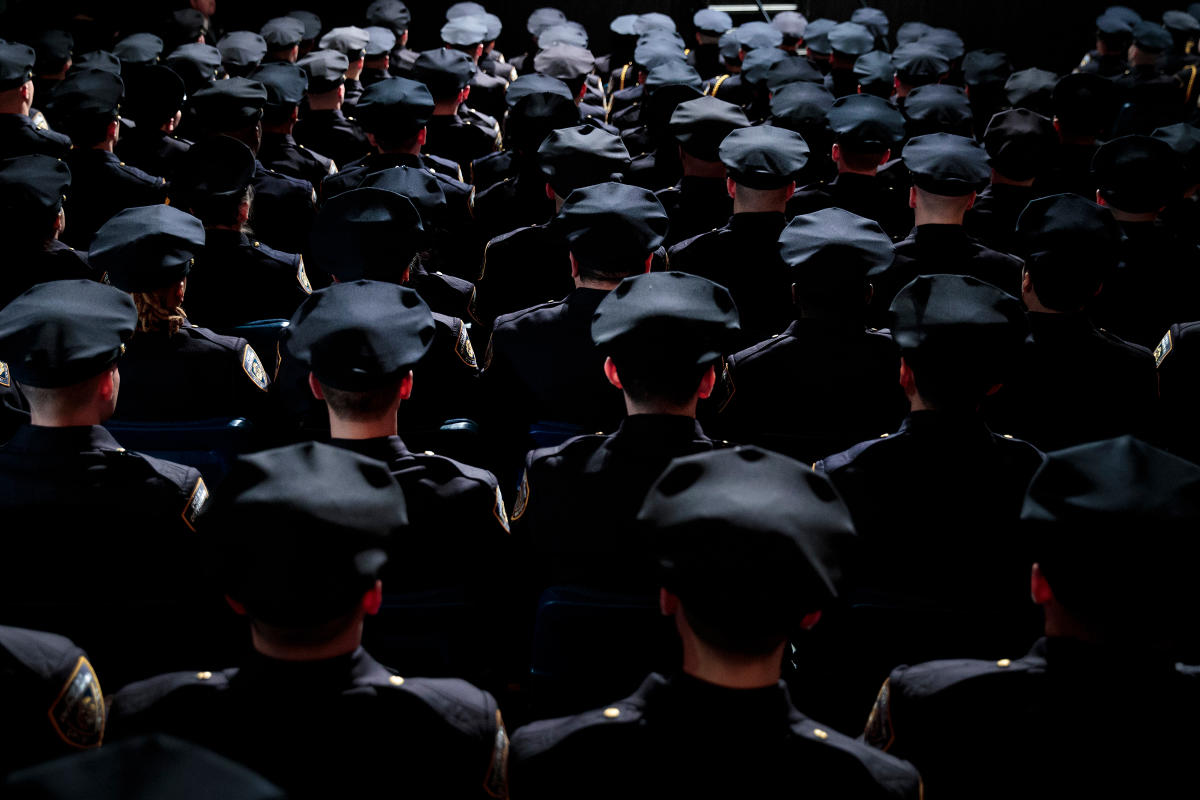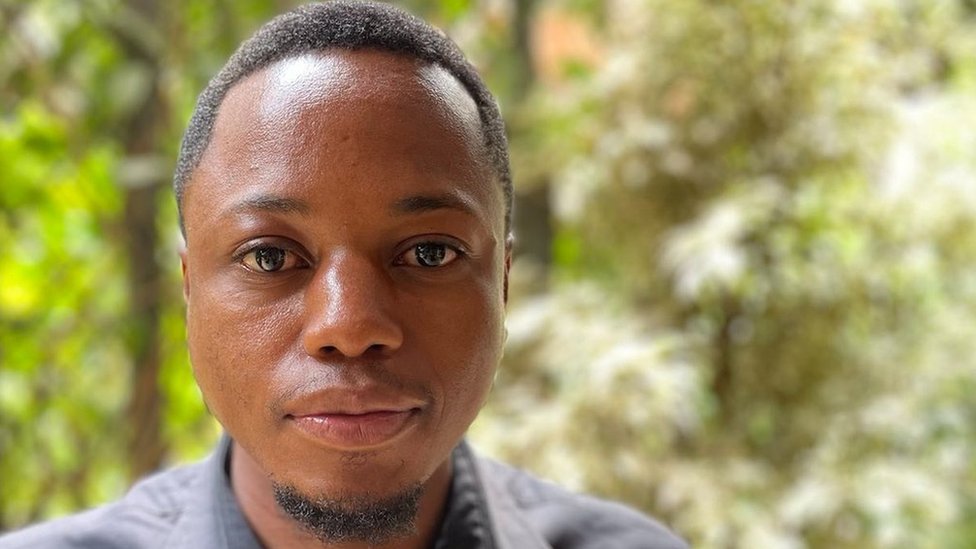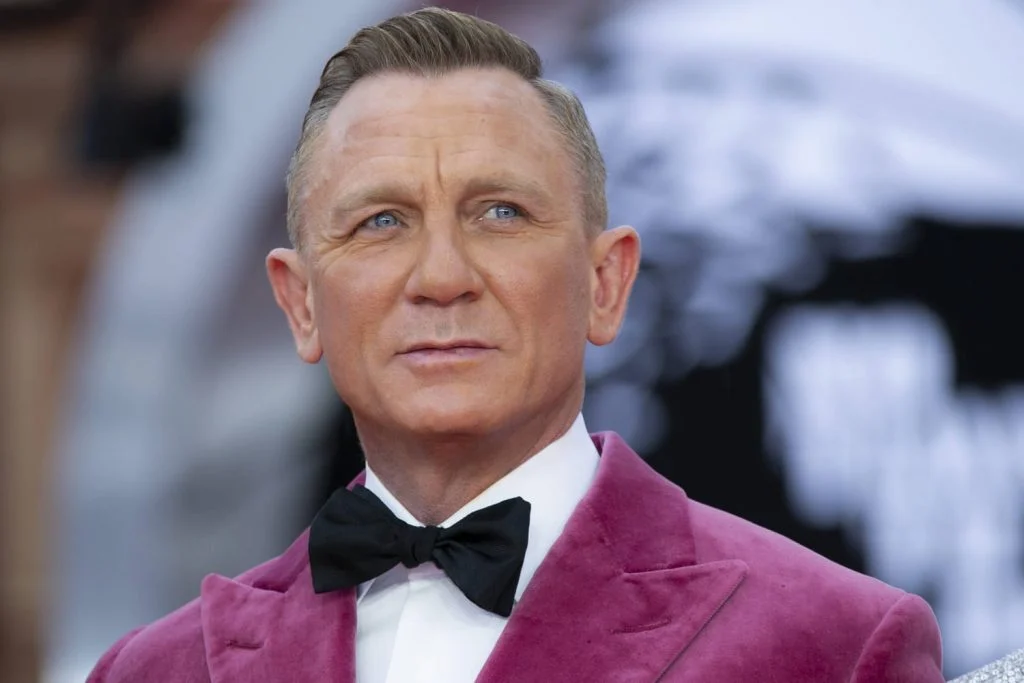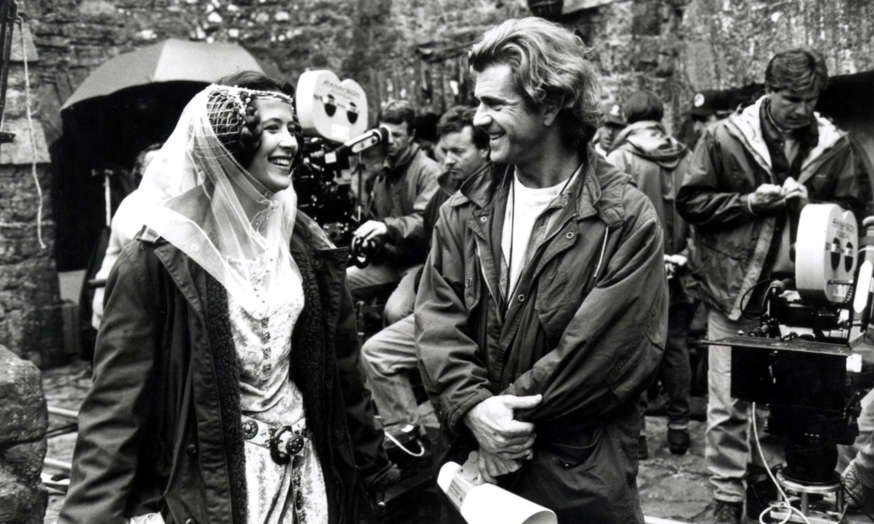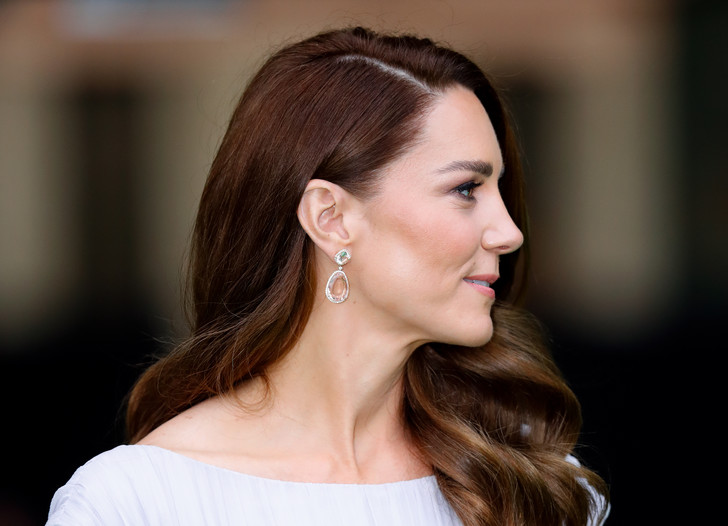[ad_1]
“The Problem with Police Academies: How Poor Training Can Lead to Ineffective Officers”
police training
The newest members of the New York City Police Department (NYPD) attend their graduation ceremony from the New York City Police Academy. Credit—Drew Angerer—Getty Images
Kris Eggle and Margaret Anderson.
They’re names US Park Rangers know well. For many rangers, they were friends and colleagues. Rangers are a small group and we often cross paths. For others, like me, their names are especially familiar because we train to avoid their fate: being shot on the job.
On January 29, 2023, I did what millions of people do: I vented on Twitter. I had watched the video of the Tire Nichols murder, as I have seen so many videos of excessive violence, to see if, as a former law enforcement officer (LEO), I could see what had gone wrong.
But I saw the same thing I always see – an ingrained problem with training and culture. So I spilled my heart out to my small group of followers, most of whom know me personally, about losing the job I loved because I couldn’t keep quiet about these issues.
I left law enforcement almost 10 years ago and it doesn’t pain me, but to see the same issues so prevalent after almost a decade and after Trayvon and Ferguson and George Floyd and so many others haunts me. So let’s breathe, put the cell phone away and went for a hike. I went to bed. Then I woke up to a tweet that got millions of views.
I suddenly found myself at the center of a nationwide conversation about police brutality.
To put it bluntly, I should never have found myself here. I’m nobody special. I said nothing new. I’ve heard my thoughts at rallies and marches. My perspective, as a white woman and former law enforcement officer, is not the one that needs to be heard most in a conversation about the violence that disproportionately affects Black, Latino, and Native Americans. But since it’s been raised and I’ve gotten a platform, I’m trying to do something good with it. Because we have to solve this problem. We can’t pretend he doesn’t exist.
Continue reading: If we want to reduce police deaths, we must reduce traffic delays
So let me tell you what I know.
In the police academy, I studied the reports of on-duty deaths in my criminal justice courses. I’ve looked at dashcam footage of traffic stops where officers are being shot; Read the closed investigations into deaths like Rangers Anderson and Eggle. As a national park ranger, these two were a constant in my training. Their killings have shaped so much of how the National Park Service (NPS) trains its rangers.
We are studying these deaths to see how we can prevent them, to determine what gaps in our training may have made this possible. However, in our training, we are not shown videos like that of the September 4, 2014 shooting of Levar Jones.
I saw the video of Jones filming on the news just a few months after he was released from my third police academy, a day before graduation. Just a few months before he was denied an overturn of that decision and fired from the NPS. As I watched it, I thought of the training exercise where we as officers were shown another video of a man reaching for his glove box to register and instead pulled a gun, fired six shots and the officer killed him and then drove away. After the video and classroom instruction, the practical portion of this traffic stopping course had included a series of vehicle approaches, during which the driver would retrieve a gun from his vehicle at each approach and fire at the officer-in-training. It quickly became a game within the class to see if the officer-in-training could beat the driver to the tie. Those playing the role of the driver would reach into glove compartments, center consoles, under their seats and visors, and would always pull out a firearm and immediately shoot the officer before they could reach the vehicle.
I wondered if the cop who shot Jones had received any such training.
The trained law enforcement agencies always review video and investigation of on-duty officer deaths and correct themselves to prevent further incidents, but I find more and more that we are studying the wrong videos. We correct the wrong things. We create a sense of anxiety and fear in officers-in-training. One who keeps telling them that if they are not aggressive first, they will die. We employ people like Dave Grossman to teach street survival courses that envision opposing forces on our streets. The shepherd and the wolf, predator and prey, hero and villain, us against them, kill or be killed. A sense of righteous anger builds against the very community that LEOs swear to serve and protect.
This ethos is reflected in the discussion of police reform, as I realize there is no place for someone like me – someone who believes in sweeping and sweeping reforms, who believes in diverting funds from guns and equipment to social programs who address the root causes of police crime and violence, but does not believe that all police officers are bad people or the total abolition of violence. We stand on the two cliffs, a yawning abyss of anger between us, scared and saying our own names over and over. Our names, those who align with our Page. We are furious with Ranger Anderson and can’t find a place to be equally furious with George Floyd. We forget that we should take this risk and only counter violence with the least amount of force necessary to stop the threat. That we protect the Fourth Amendment of our neighbors, and that includes protecting them from an unjust confiscation of their lives. Instead, we inflict trauma to avoid the possibility of it being inflicted on us, and we are trained to believe that doing so is necessary and good. After we are trained, our culture further reinforces this idea and we shoot to avoid getting shot.
Continue reading: Tire Nichols’ murder is the result of a sick culture
I’ve often been asked what can be done about it. I say the same thing to everyone – nothing quick. Long, boring, nuanced work addressing the structural problems of American policing; uncomfortable discussions about the cultural issues in law enforcement; Training that is standardized and reviewed by a variety of stakeholders; discipline and accountability for officers and departments; robust and continued investment in community-based care that addresses the root causes of crime that uplifts, rather than incarcerates, our most vulnerable populations; Divestment in the body system, which spends it on higher walls and more weapons in an arms race with the streets.
We can’t keep adding a list of names and setting ourselves apart, comforting the tribe we know while ignoring our neighbor’s pain. We have to start saying the words that admit we have a problem, and we have to come to the table ready to listen. That won’t be enough for now. We can end qualified immunity today and order de-escalation training and again it won’t be enough, but at least we won’t stand still on opposite sides of the ravine screaming into the void. At least we’re making progress.
Tire Nichols, Breonna Taylor, George Floyd, Philando Castile, Sandra Bland, Tamir Rice, Eric Garner.
We too must learn from their death and change.
[ad_2]
Don’t miss interesting posts on Famousbio

